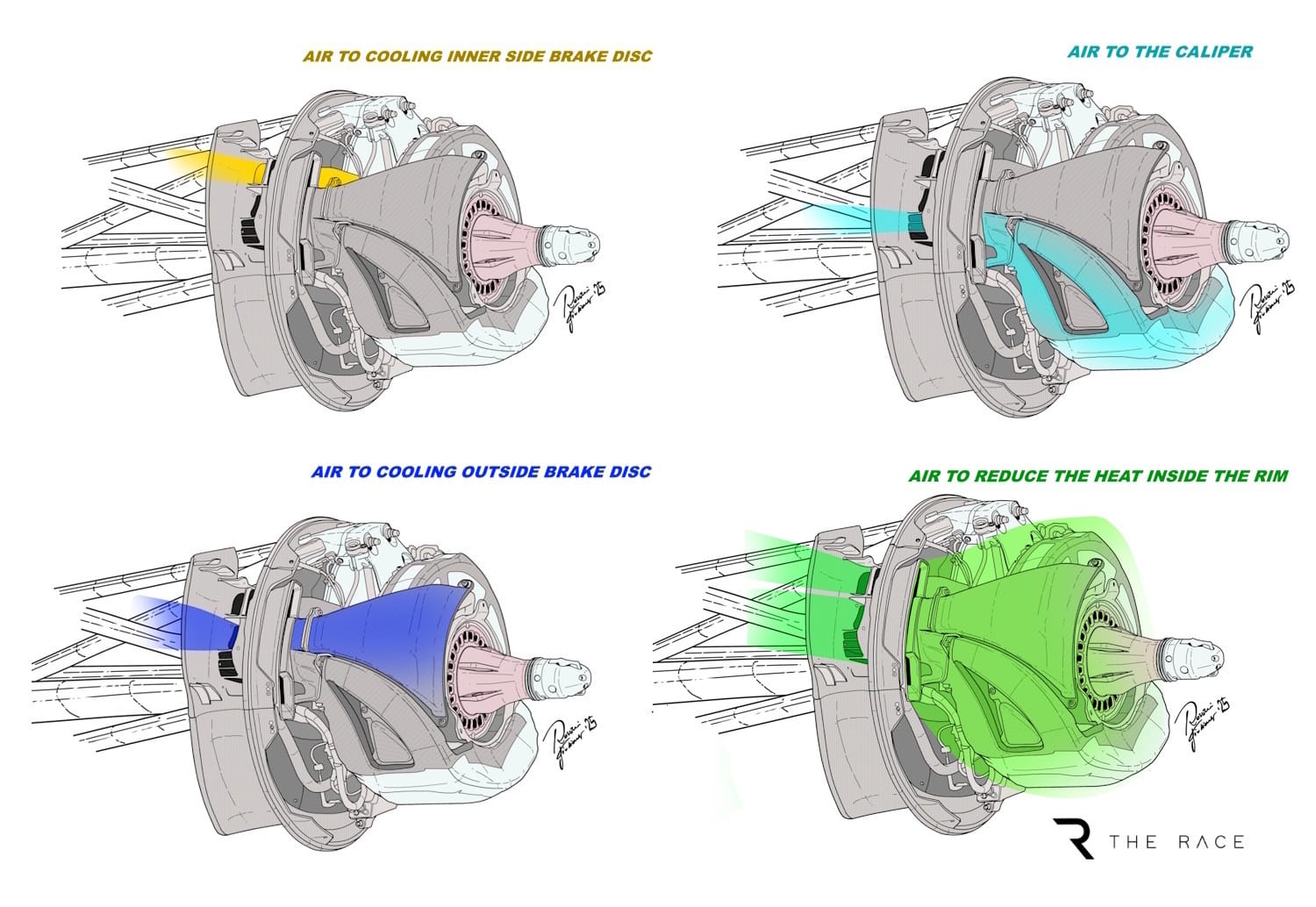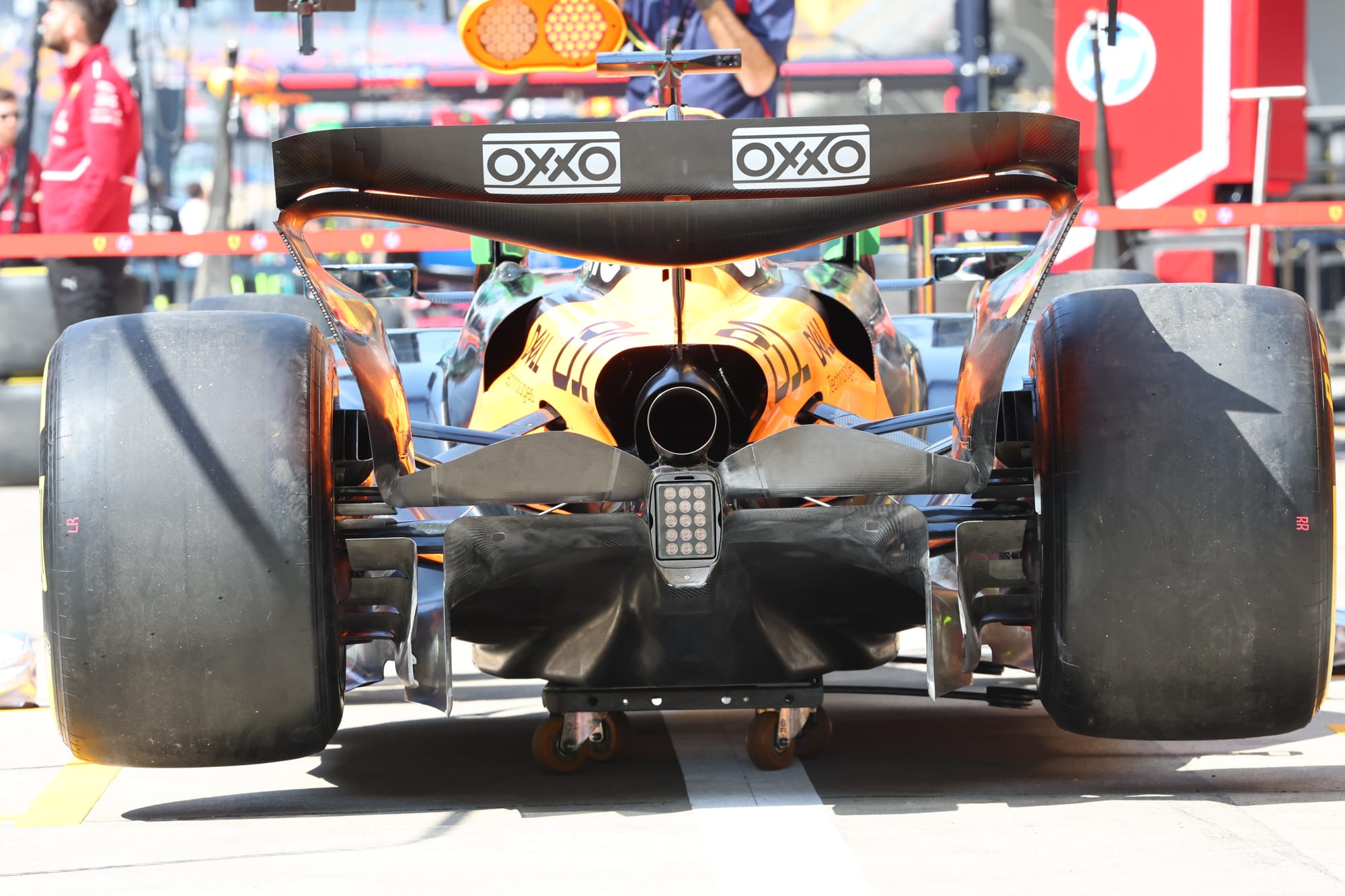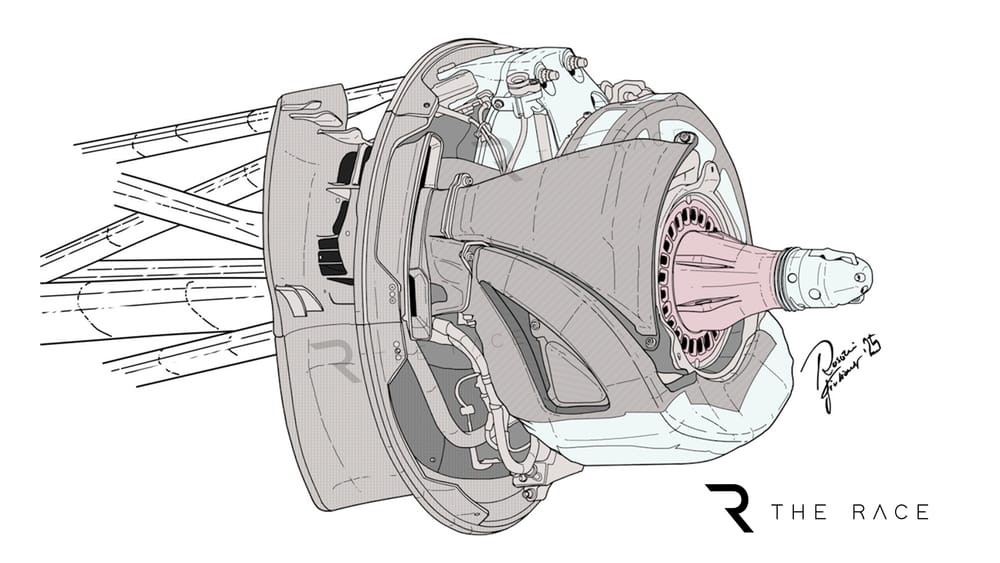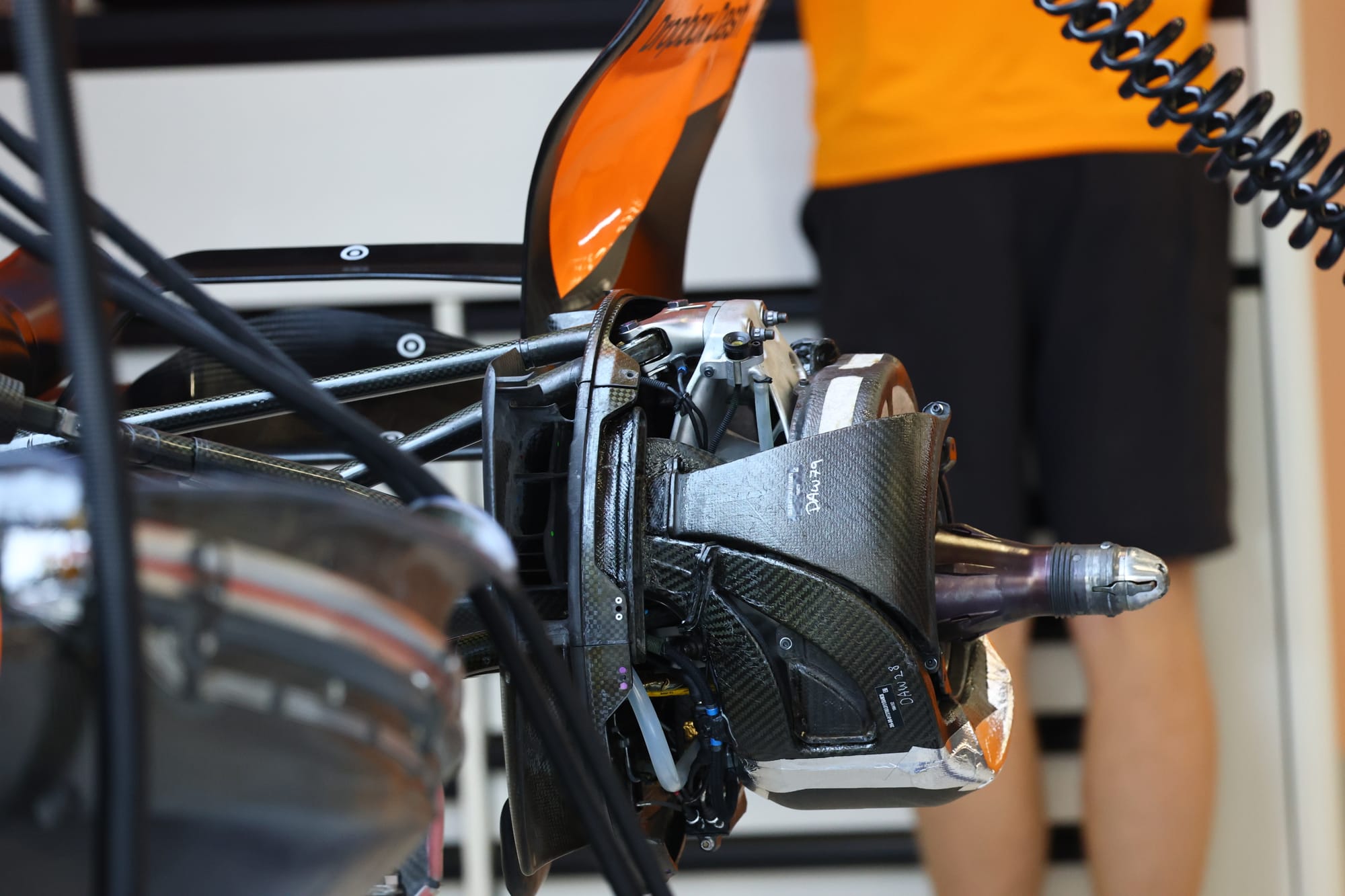The FIA has revealed the scale of its detailed inspection of McLaren's entire Formula 1 wheel assembly and brake system after the Miami Grand Prix, which cleared the team of doing anything outside of F1 regulations.
As first reported by The Race, the FIA conducted an extra physical inspection of race winner Oscar Piastri's car after the Miami GP amid mounting intrigue over the brake system the team is using.
Some of its rivals suspected that McLaren had found a trick way to optimise its brake cooling, which was helping the team better-manage its tyre temperatures.
Speculation on this front had increased with Red Bull obtaining thermal images of McLaren's brake drums from pitstops at the Japanese GP that appeared to show them running much cooler than other teams.
Although the FIA had already taken a close look at McLaren's designs earlier in the year and given them the all-clear, it felt that a more formal inspection would help draw a line under the matter.

It duly conducted a more thorough, detailed examination post-Miami as part of the extra physical checks that it does on selected cars after each race.
While it was understood that the checks on the McLaren uncovered nothing unusual, under the FIA's standard procedures formal notification of that matter was never going to come until this weekend's Emilia Romagna GP at Imola.
On Thursday afternoon, the FIA duly issued a bulletin stating that Piastri's car had been chosen as a second competitor to be inspected alongside the Ferrari of Charles Leclerc.

And, following its detailed look at all four wheel assemblies of the MCL39 - which incorporate the braking system, drums and wheels - the FIA confirmed that everything was found to be in order.
The FIA document stated: "After the race in Miami car #81 was randomly chosen among the top 10 cars for more extensive physical inspections. Subject to these physical inspections were the wheel bodywork assemblies.
It added: "All inspected components were found to be in conformance with the 2025 Formula 1 technical regulations."
What was inspected

There were two specific areas that the FIA was looking at to ensure that the McLaren brake system complied with the regulations.
The first relates to the lengthy Article 3.13 of F1's technical regulations, which governs the area of wheel bodywork.
The near four pages of the rulebook that this area covers includes brake drums, wheel scoops, internal cooling ducts, drum deflectors, and wheel covers.
The second regulation that the FIA checked relates to teams not being allowed to use any liquids to help cool their systems.
Compliance with Article 11.5, which states "liquid cooling of the brakes is forbidden", was also examined.
On both those fronts, the FIA said it was satisfied that the McLaren was totally legal.
No special tricks

Formal confirmation of the McLaren all-clear comes after the FIA also clarified its stance that the use of any special tricks of technology to help cool the brakes or tyres would be illegal.
This put to bed any notion of the team using radical ideas like phase-changing materials to help better manage brake or tyre temperatures.
The FIA emphasises that Article 10.8.4 of the technical regulations, which relates to the treatment of tyres, outlaws the use of anything other than air to help control tyre temperatures.
Beyond the use of tyre blankets to help warm up rubber, it states: "Any other device, system or procedure [except for driving of the car] the purpose and/or effect of which is to heat the wheels, hubs or brakes above the ambient air temperature, or to maintain their temperature if they are already warm, is prohibited."
An FIA spokesman told The Race: "We believe that the only permitted method of cooling brakes, wheel drums, or tyres is airflow generated by the forward movement of the car."
As well as Piastri's car being inspected, the FIA checked Leclerc's Ferrari for compliance with rules regarding the steering wheel assembly, the clutch operating device and other electronic rules. It too was given the all clear.




